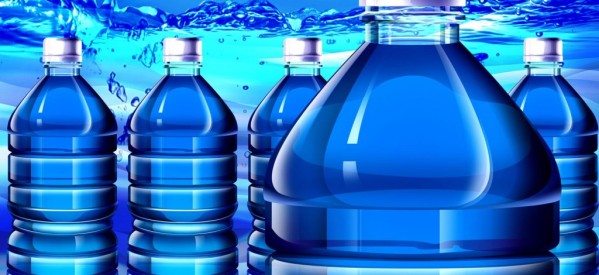China Lacks Government Support for Desalination Programs

China lacks government support for desalination programs needed for the country’s water security, according to Li Linmei, director of the State Oceanic Administration’s Institute of Seawater Desalination and Multipurpose Utilization in Tianjin.
“The lack of an effective pricing mechanism for desalinated water and support for an operable policy is affecting the development of the country’s sea desalination industry.”
“The seawater desalination industry is as important as water conservancy projects for China to cope with its water shortage,” Li said.
China experiences water shortages of almost 54 cubic meters on average each year, with more than 66 percent of cities suffering from water shortages. Amid the shortfalls, China’s water consumption is expected to increase to about 700 billion cubic meters in 2030, up from current usage of 600 billion cubic meters.
China has 16 desalination plants with a daily capacity of more than 10,000 metric tons of fresh water. But that water is relatively acidic and mostly used for industrial purposes, noted Ruan Guoling, a researcher at the Tianjin Seawater Desalination and Comprehensive Utilization Institute under the State Oceanic Administration. Further treatment is needed before it can be used by residents.
As part of its 2011-15 plan, the Chinese government aims to produce 2.2 million cubic meters of seawater-converted freshwater a day by 2015, compared with 660,000 cubic meters in 2011. That would require an investment of about $3.35 billion, experts say.
Separately, China food safety authorities announced Friday that new, unified national standards on bottled drinking water were in the works.
That follows a report in the Beijing News Thursday that China still follows regulations adopted from the Soviet Union more than 20 years ago to test bottled drinking water.
While tap water is subject to 106 national standards, bottled water only has to meet 20, the report says, but officials said the difference shouldn’t be a concern because local authorities also set standards.
“When the World Health Organization updated its detection methods, [we] updated the standard for tap water but not for bottled water,” said an unnamed expert with the Institute for Environmental Health and Related Product Safety in Beijing.
Research firm Euromonitor International projects sales of bottled water in China to increase to $16 billion, compared to $9 billion last year and $1 billion in 2000.






